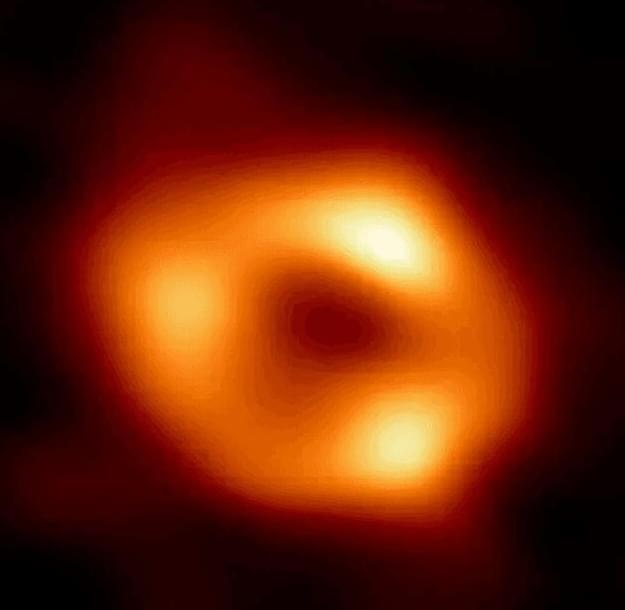The latest evidence comes from a yet-to-be-peer-reviewed analysis of gamma-ray emission. The data is publicly available and it was used by researchers at the National Autonomous University of Mexico to create a timeline of emission from June 2022 to December 2022. The data is from NASA’s Fermi Gamma-ray Space Telescope. The team found a repeating emission, appearing every 76.32 minutes.
The light curve shows the repeating pattern clearly, and the period is consistent with observations from last year in a completely different wavelength. Radio observations also suggested that something is going around Sagittarius A* about every 74 minutes, with an uncertainty of 6 minutes higher or lower.
Sagittarius A*’s radius is 12 million kilometers (7.4 miles) and this object is expected to be fairly close to it, five times the black hole radius. To cover the orbital distance in just over an hour, the blob needs to travel at 30 percent of the speed of light, truly an impressive velocity.
